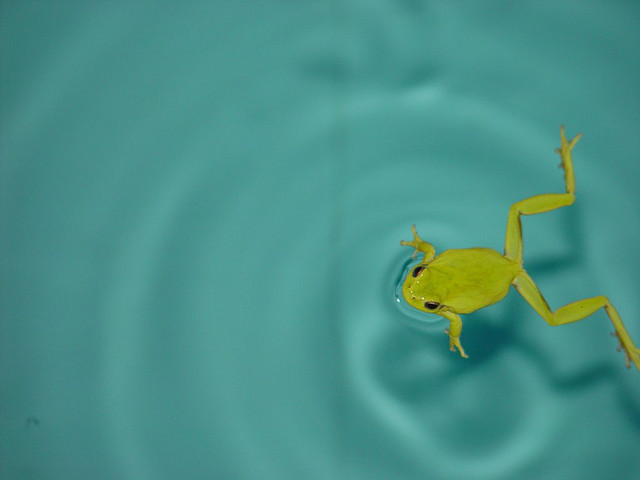 Trend stories are always about the warmth of the water and the health of the frog. How close to boiling is the water, how much capacity does the frog have to respond?
Trend stories are always about the warmth of the water and the health of the frog. How close to boiling is the water, how much capacity does the frog have to respond?
Asia’s darkest trend story is the fear that the political, diplomatic and security system is not strong enough to deal with the mounting pressures. The water is getting hotter and Asia’s frogs, big and small, are having trouble deciding which way to jump.
A fine annual measure of trend and temperature is the Regional Security Outlook issued by CSCAP, the Council for Security Cooperation in the Asia Pacific. Set up in 1993, CSCAP is the Track Two organisation for the ASEAN Regional Forum. I’ve spent a lot of years reporting on the ARF and I’m a member of CSCAP. That makes me an old lag on two counts. Contrary to Groucho’s joke, I’m proud to be a member of the club that is CSCAP—and always impressed by the collective smarts it draws out of thinkers and players from across that extraordinarily diverse thing we try to encompass with the singular noun, ‘region’.
The previous Security Outlook hit a trend point described as ‘qualified pessimism.’ This year’s Outlook judges that the Asia Pacific’s complex security tapestry ‘has been unravelling for some years and the rate of deterioration may be accelerating’. In his lead essay, Ron Huisken says the region is heading towards the ‘worst case end of the spectrum,’ with Washington and Beijing causing each other ‘more surprise, disappointment and growing mistrust than reassurance.’
The driving policy imperative for the Asia Pacific, Huisken thinks, ‘is not yet the avoidance of war’. Rather, it’s staving off the grim view that adversarial strategic competition is becoming the only game in town.
The starkly different views the Outlook draws from the US and China are more than the differing perspectives of glass-half-full or glass-half-empty. One judgment is that relations between Washington and Beijing are better than ever. Another is that we’re off to a ‘new Cold War’, where the contest is not so much ideological as ‘a serious debate over genuine alternatives’.
The US perspective is from Patrick Cronin and Alexander Sullivan of the Center for a New American Security. While lamenting political dysfunction that makes the US look weak and haphazard, they reckon 2014 was a year of improvement for American policy in Asia and engagement with China: ‘Despite elements of competition at the strategic level or on issues like cyber, the institutional US-China relationship, manifested in high-level dialogue and practical cooperation, has never been stronger than under the Obama administration.’
Never been stronger? Go to the next page to Professor Lanxin Xiang who sees
a classic security dilemma which has the potential to become a permanent state of confrontation. Taking current US-China relations as a normal state of affairs is completely self-deluding. To understand the present crisis, the US-China relationship must be recognised as entering a phase of ‘New Normal’. Call it a new Cold War.
Xiang writes that the US wants to roll back Chinese ‘aggressiveness’ while China thinks assertiveness is the most effective deterrent. Both sides keep talking past each other: ‘During the six-and-a-half years of the Obama administration, bilateral relations have sunk to their lowest point since the Nixon-Kissinger period of the 1970s.’
Xiang says that Washington is making ‘a colossal miscalculation’ in thinking that China’s leaders will quietly resume cooperation as they adjust to the rebalance and strengthened American alliances.
From Tokyo, Hitoshi Tanaka describes ‘an unparalleled challenge’ that needs new modes of thinking: ‘The future East Asia regional order must accommodate for the first time in history, both a strong Japan and China alongside the United States.’
From Seoul, a former vice Foreign Minister, Kim Sung-han, stops short of the New Cold War label but describes a polarised line-up with Russia and China on one side facing the US and Japan. He floats again South Korea’s wish that the Six Party Talks can evolve to become a Northeast Asian peace and security mechanism.
Does that all sound like the best of times or the worst of times for the Asia Pacific? The frogs can’t agree on the temperature of the water, much less the trend line.
Graeme Dobell is the ASPI journalist fellow. Image courtesy of Flickr user debsilver.

